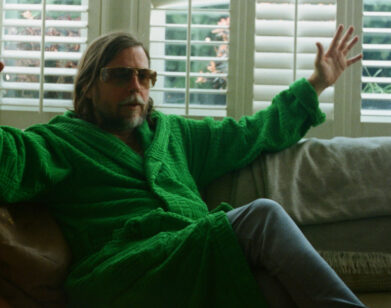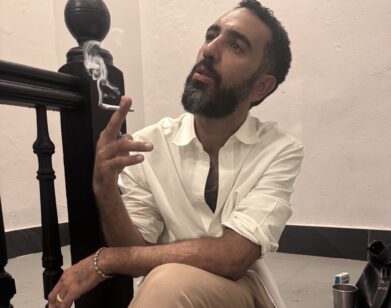Ileana Sonnabend, Forever Fresh
During the golden age of postwar American art, the beginning of the ’70s was the beginning of an end. New York’s art world was migrating from the museums and townhouses above 57th Street to a bigger playing field: SoHo, which was accordingly beginning to strip off its gritty, cast-iron exterior to reveal the freedom of ampler space and lower costs. There, Ileana Sonnabend’s eponymous gallery pioneered the works of artists like John Baldessari, Gilbert and George, Jasper Johns, and Jeff Koons. The Sonnabend family’s donation of Robert Rauschenberg’s combine work Canyon to MoMA in 2012 from her private collection prompted the upcoming exhibit “Ileana Sonnabend: Ambassador for the New,” a reunion of select works once shown at her gallery.
Born in 1918 in Bucharest, Sonnabend’s interest in art was apparent from a young age, preferring to be dropped off at art museums while her mother and sister went clothes shopping. (As an adult, she abstained from fashion’s potential for self-expression, instead adopting a uniform of basic dresses deliberately made without contemporary reference, which she referred to as “sacks.”) She left Europe and its rising anti-Semitism in the 1940s to successfully instill herself in New York’s burgeoning art scene; as curator Ann Temkin reflects, “She realized that to make a mark, she needed to associate herself with what would come next.” Aided by husband and partner Michael Sonnabend, her first gallery in Paris introduced the works of Andy Warhol and Roy Lichtenstein to European markets, and the subsequent opening of the radically industrial Sonnabend Gallery in SoHo in 1971 received a rapid progression of art movements with open arms. Temkin notes, “She caught each wave, instead of settling with the first one and sticking with it. She got all swept up with the Pop artists, but then the minimalists came along and she was receptive to that, and the post-minimalists came along and she thought that was great, then the conceptual artists came along… She was opening herself to whatever they would present her with.”
Her gut instinct, combined with her innate synchronization with artists of the moment, were the traits that landed her pieces in museums from the Centre Pompidou Virtuel to the Guggenheim and in the homes of private collectors all over the world. “Something that interested her was very different than something that seemed beautiful to her or something that she liked. When something interested her and was maybe kind of unappealing in some way she wanted to pursue that,” says Temkin. And most importantly: “She was very curious.”







